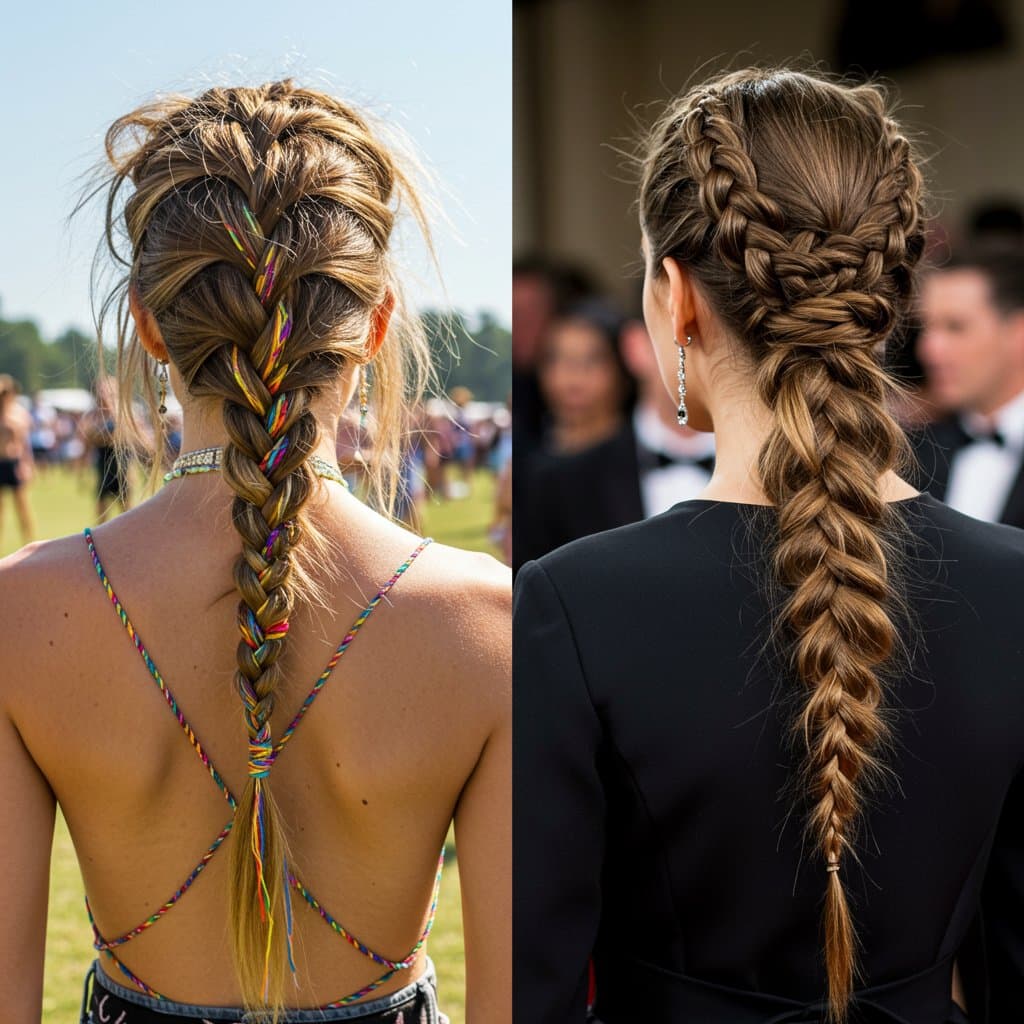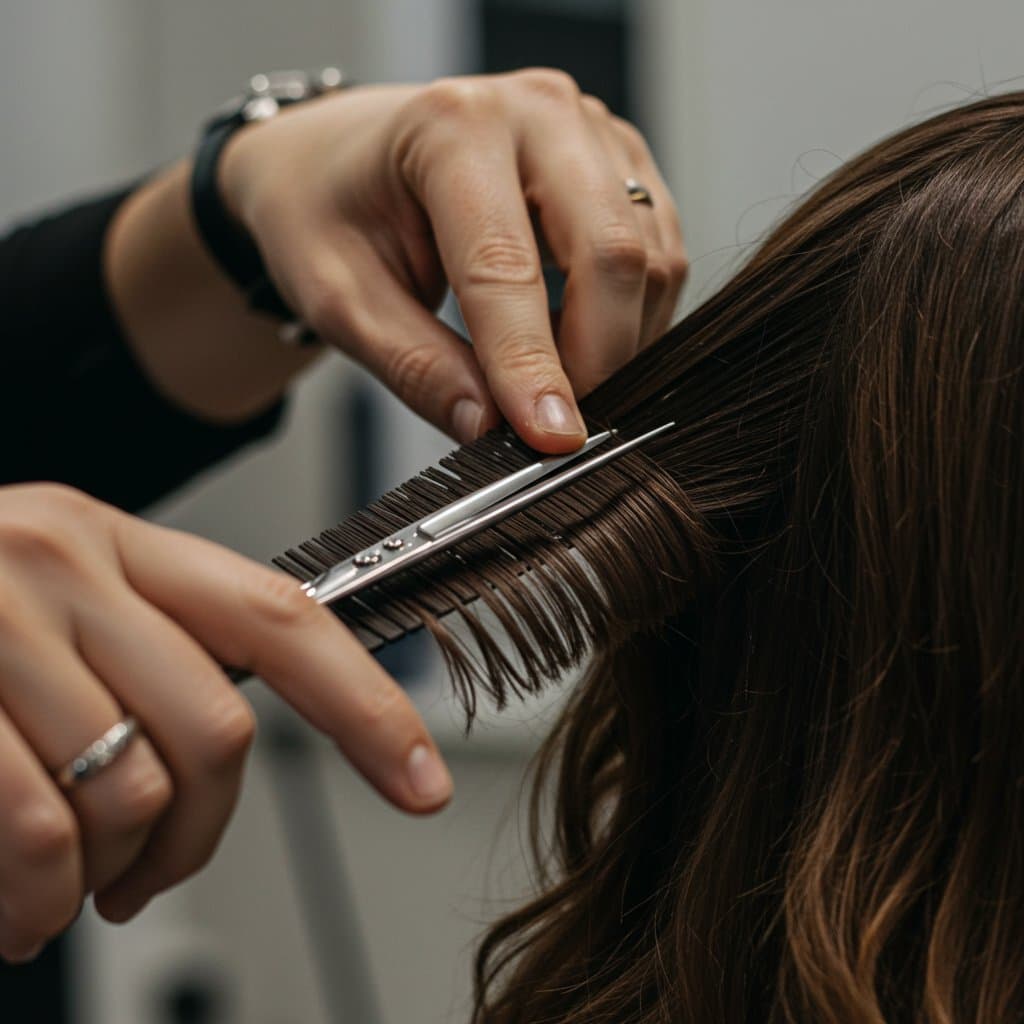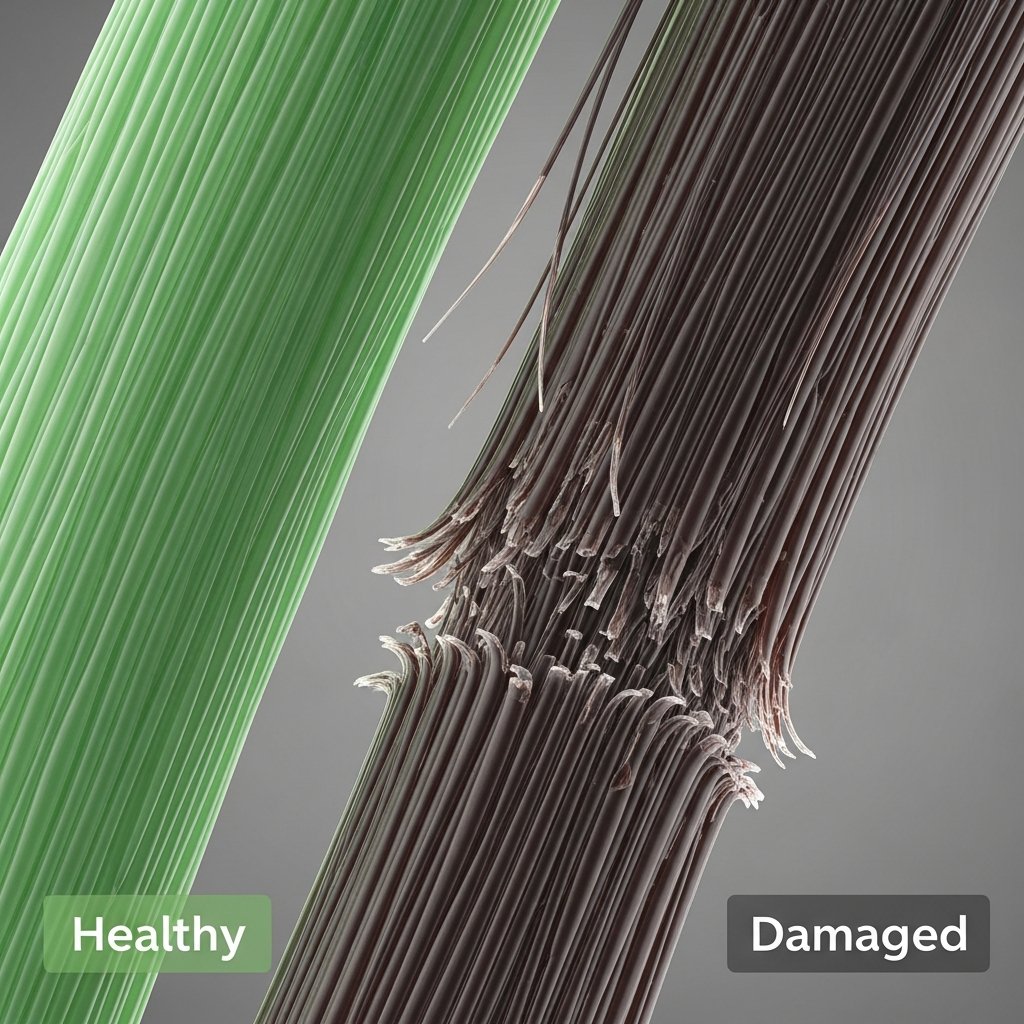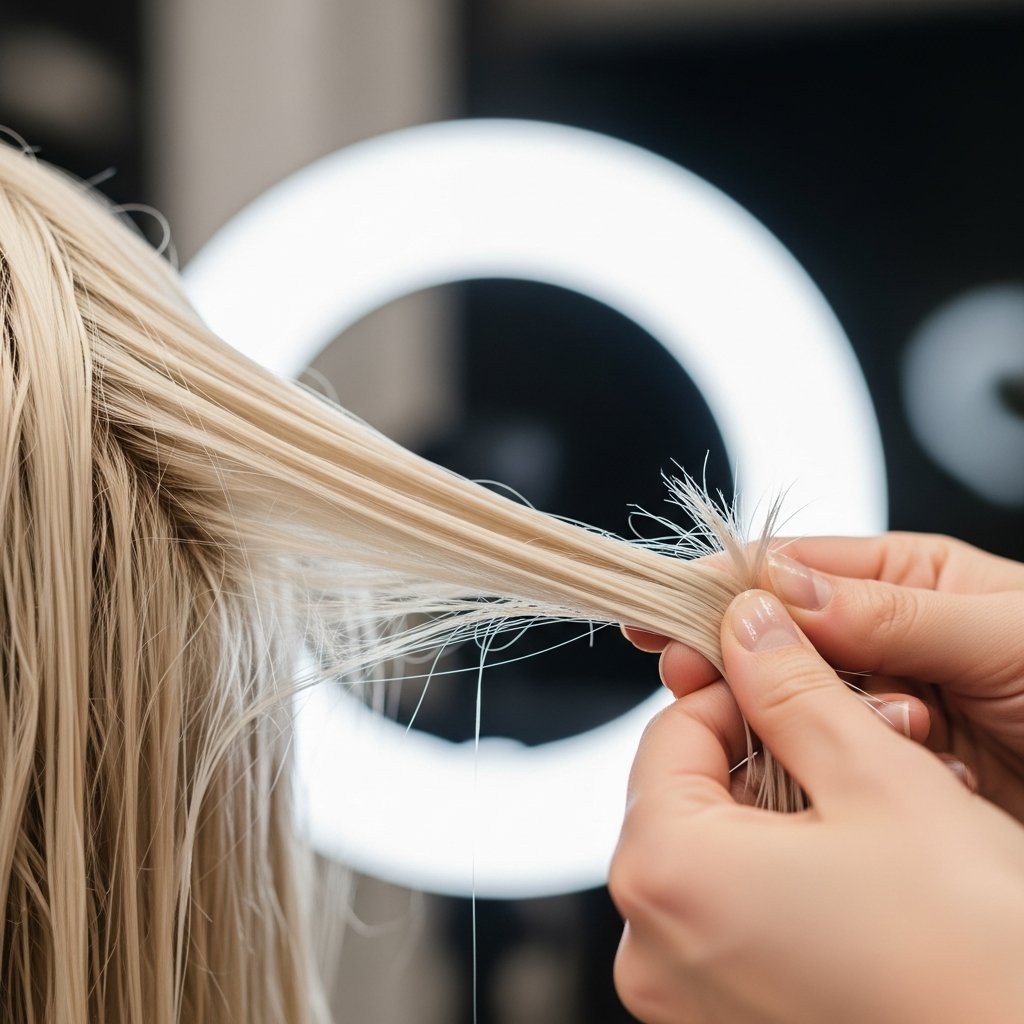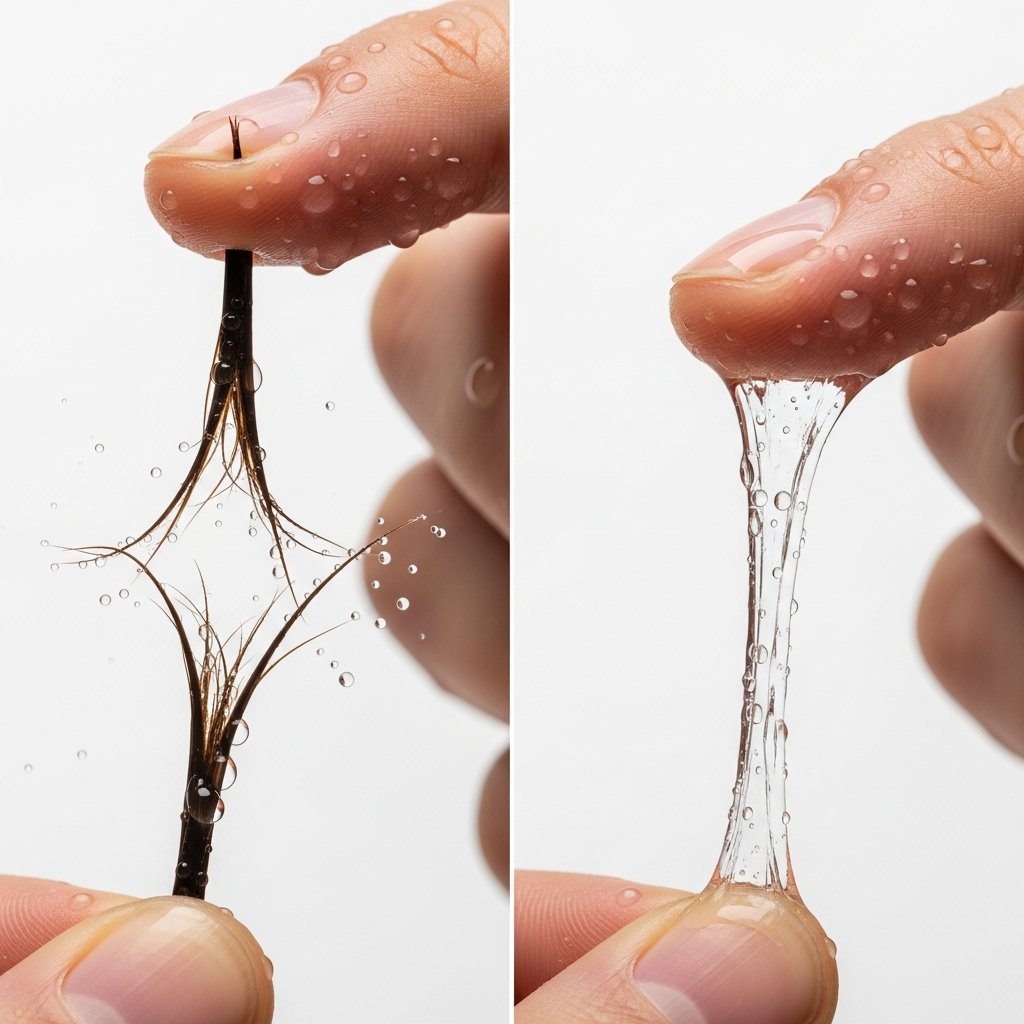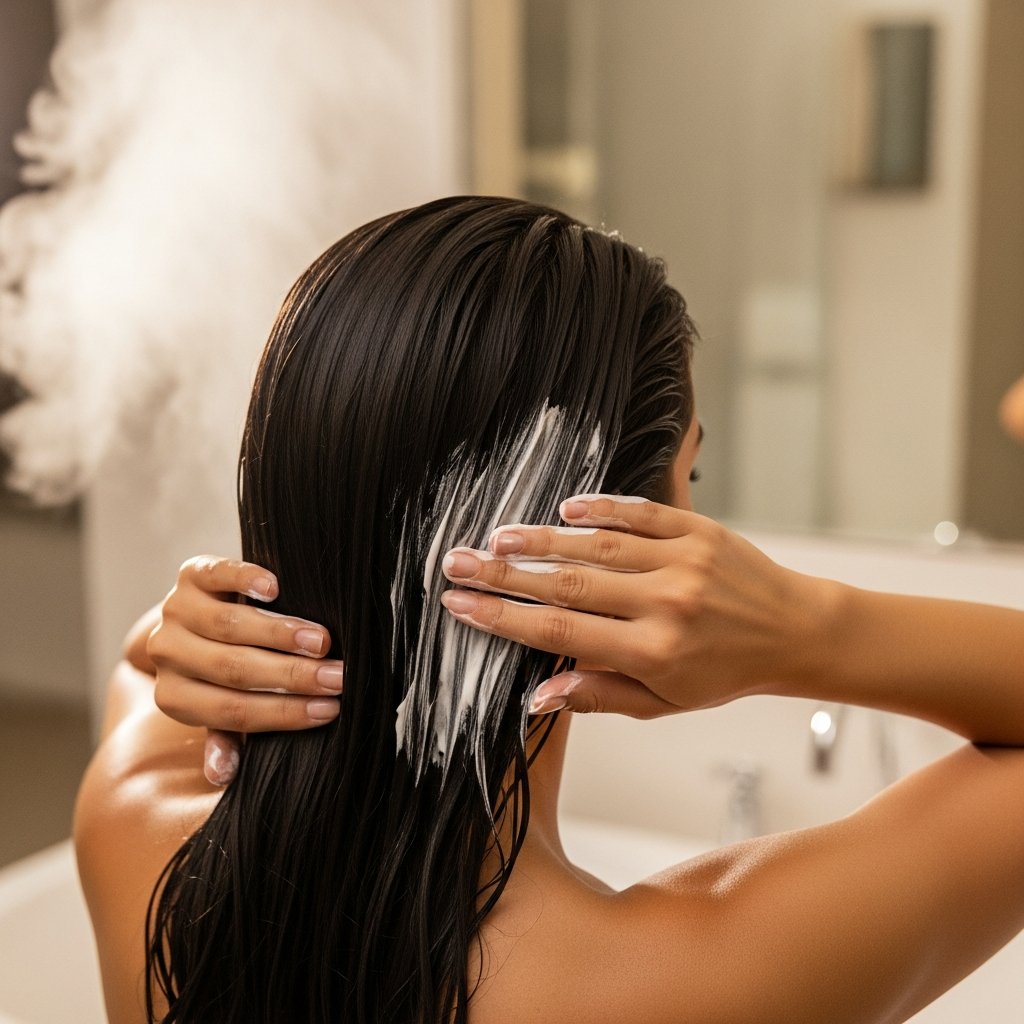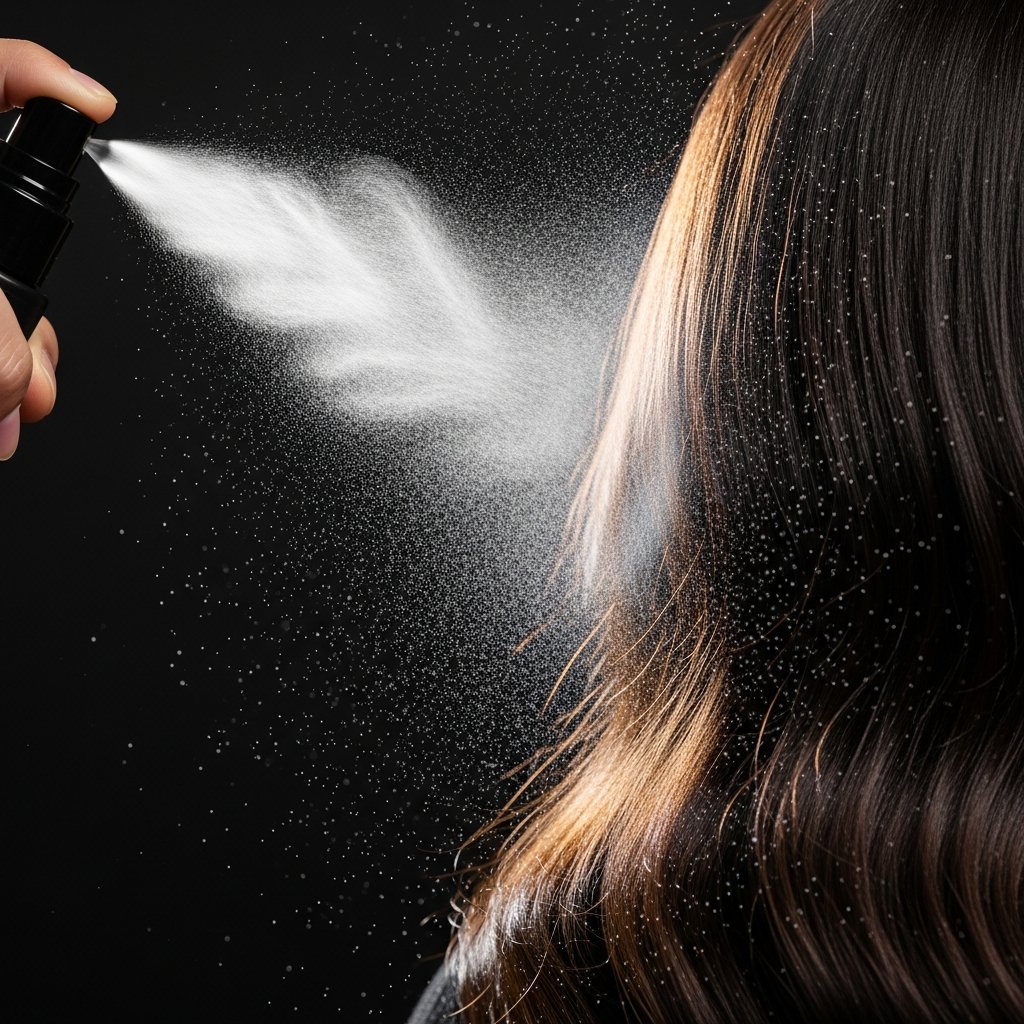Heat Damage vs. Chemical Damage: How to Tell the Difference and Treat Both
In the pursuit of the perfect hairstyle, whether it is glass-like straight strands or a platinum blonde balayage, hair often undergoes significant stress. While modern technology and formulations have improved safety, damage remains a prevalent concern for anyone who styles or colors their hair. However, not all damage is created equal. Understanding the specific type of trauma your hair has endured—specifically distinguishing between heat damage and chemical damage—is the critical first step toward restoration.
Many individuals mistakenly treat all damaged hair with the same products, often leading to lackluster results or, in some cases, exacerbating the issue. For instance, piling protein treatments onto hair that is suffering from moisture-deprived heat damage can make it brittle, while using heavy oils on chemically compromised hair might mask the problem without rebuilding the internal structure. To truly heal your hair, you must first diagnose it accurately.
This comprehensive guide delves deep into the structural differences between heat and chemical damage, how to perform at-home tests to identify which one plagues your strands, and the specific, targeted protocols required to nurse your hair back to health.
The Science of Hair Structure: Understanding the Breakdown
To understand damage, one must first understand the architecture of a hair strand. Each strand is composed primarily of a protein called keratin and consists of three layers: the medulla (the innermost core), the cortex (the middle layer providing strength and color), and the cuticle (the protective outer layer resembling roof shingles). The integrity of the hair relies on bonds—hydrogen bonds, salt bonds, and disulfide bonds—that hold these protein structures together.
When hair is damaged, the cuticle is lifted, chipped, or stripped away entirely, exposing the delicate cortex. However, the way this structure is compromised differs significantly between heat and chemical stressors. Heat damage primarily affects the hydrogen bonds and the moisture content within the cortex, physically altering the protein structure through thermal degradation. This essentially "cooks" the hair, causing the keratin to harden and become brittle.
Conversely, chemical damage attacks the disulfide bonds—the strongest bonds in the hair. Processes like bleaching, relaxing, or perming work by deliberately breaking these bonds to alter the hair's shape or color. When these bonds are broken and not sufficiently reformed, the hair loses its structural integrity, leading to a mushy or gummy texture when wet. Understanding this biological difference is key to selecting the right treatment path.
Identifying Heat Damage: The Signs of Thermal Stress
Heat damage is a physical alteration of the hair's texture caused by excessive use of blow dryers, flat irons, and curling wands without adequate protection. It is often cumulative, happening slowly over months of daily styling until the hair reaches a breaking point. The most common culprit is high temperatures (above 350°F/180°C) which boil the water molecules inside the hair shaft, forming steam bubbles that rupture the cuticle.
Visual and Tactile Symptoms
One of the most telling signs of heat damage is a permanent change in the curl pattern. For those with textured hair, strands that refuse to revert to their natural curl after washing—staying straight or loosely wavy—are a classic indicator. The hair often appears dull and lacks light reflection because the cuticle scales are raised and rough rather than lying flat.
Texture Analysis
Touch your hair. Heat-damaged hair typically feels dry, rough, and brittle. It lacks elasticity and snaps easily under tension. You might notice "white dots" at the ends of the hair shaft, which are fractures in the cortex, eventually leading to split ends. The hair feels stiff, straw-like, and tangles excessively because the rough cuticles snag on one another.
Identifying Chemical Damage: The Signs of Structural Compromise
Chemical damage is often more severe and immediate than heat damage. It occurs during services like coloring, bleaching, perming, or chemical straightening. When the pH of the hair is drastically altered to open the cuticle and penetrate the cortex, the internal protein structure can be decimated if the chemicals are left on too long or if the hair was previously compromised.
The "Gummy" Texture
The hallmark of severe chemical damage is experienced when the hair is wet. Unlike heat-damaged hair which feels hard, chemically damaged hair feels mushy, slimy, or gummy. This texture indicates that the internal protein matrix has been dissolved to the point where the hair can no longer hold its own structure. When dry, this hair looks fried, frizzy, and often resembles cotton candy or steel wool.
Elasticity Loss
Chemically damaged hair has extreme elasticity issues—but in the opposite direction of heat damage. While heat damage snaps, chemically damaged hair stretches excessively. If you pull a strand of wet hair, it may stretch like a rubber band and not bounce back, or it may stretch until it simply falls apart. This "gum-like" behavior is a critical warning sign that the disulfide bonds have been shattered.
The Diagnostic Test: Heat vs. Chemical
If you are unsure which type of damage you are dealing with, try the Wet Stretch Test. This simple assessment can be done at home next time you wash your hair.
- Cleanse the hair: Wash your hair with a gentle shampoo and do not apply conditioner yet.
- Isolate a strand: Take a shed hair or a strand still attached (be gentle) from a problem area.
- The Stretch: Wrap the ends around your fingers and gently pull the wet strand.
The Results:
- Heat Damaged: The hair will likely not stretch much at all. It will feel rigid and snap almost immediately upon tension. It lacks moisture and flexibility.
- Chemically Damaged: The hair will stretch significantly—sometimes up to 50% more than its length—but it will not return to its original shape. It may feel slimy and eventually break off in a jagged manner.
- Healthy Hair: The hair will stretch slightly (about 30%) and bounce back to its original length without breaking.
Treating Heat Damage: Moisture and Patience
Once you have confirmed heat damage, the focus must shift to rehydration and mechanical protection. Unfortunately, you cannot fully "repair" heat-damaged hair in the sense of reverting the protein structure, but you can significantly improve its appearance and prevent further breakage while growing it out.
Intense Hydration Protocols
Heat-damaged hair is thirsty. Incorporate deep conditioning masks rich in humectants like glycerin, aloe vera, and hyaluronic acid, as well as emollients like shea butter and argan oil. These ingredients help soften the brittle texture. Use a leave-in conditioner daily to provide a constant barrier of moisture.
Protein-Moisture Balance
While moisture is key, occasional protein treatments are necessary to fill in the gaps in the cuticle. However, use protein sparingly. Too much protein on dry, brittle heat-damaged hair can make it snap even faster. Aim for a hydrating mask three times for every one protein treatment.
The Mechanical Detox
The most effective treatment is abstinence. Put down the hot tools. If you must style, use the lowest setting possible and always use a high-quality heat protectant. Consider protective styles that tuck away your ends, as heat damage is usually worst at the oldest part of the hair shaft.
Treating Chemical Damage: Reconstruction and Bond Repair
Treating chemical damage requires a more aggressive approach focused on structural rebuilding. Since the internal bonds are broken, you need products that work on a molecular level.
Bond Building Technology
Revolutionary advancements in hair care have given us bond-building treatments. These are not just conditioners; they contain patented molecules designed to relink broken disulfide bonds. Incorporating a bond builder into your routine—both as an in-salon service and a weekly at-home treatment—is non-negotiable for chemically compromised hair.
Heavy Protein Therapy
Unlike heat damage, chemically damaged hair craves protein. The structure is weak and mushy, so it needs the scaffolding that hydrolyzed keratin, wheat protein, or silk amino acids provide. Look for products labeled "reconstructor" or "repair." These should be used weekly until the hair no longer feels gummy.
The pH Balance
Chemical services disrupt the hair's natural pH (4.5-5.5). Using pH-balancing sealers or acidic bonding concentrates helps to close the cuticle tightly, locking in the treatment and smoothing the surface texture.
Prevention Strategies for the Future
Whether you have recovered from damage or are looking to maintain pristine locks, prevention is always cheaper and easier than correction.
For Heat Users
Invest in high-quality tools. Cheap flat irons often have uneven heat distribution, creating "hot spots" that burn hair instantly. Ceramic or tourmaline tools are generally safer. Always apply a thermal protectant spray to damp hair before blow-drying and again to dry hair before ironing. Never apply heat to damp hair with an iron (the sizzling sound is your hair boiling).
For Color Clients
Be honest with your stylist about your hair history. If you have box dye, henna, or relaxers in your hair, bleaching over it can cause catastrophic chemical reactions. Ask your stylist to include a bond-protecting additive in your color formula. Furthermore, space out your chemical services. Allow your hair several weeks or months to recover between major lightening sessions.
Tips for Managing Damaged Hair During Recovery
- Sleep on Silk: Cotton pillowcases absorb moisture and cause friction. Switch to a silk or satin pillowcase to reduce breakage while you sleep.
- Micro-Trims: You cannot glue split ends back together. Schedule a "dusting" or micro-trim every 6-8 weeks to remove the damaged ends before they split further up the hair shaft.
- Cool Water Rinses: Wash your hair with lukewarm water and finish with a cool rinse. This helps close the cuticle, increasing shine and locking in moisture.
- Detangle with Care: Wet hair is at its weakest. Use a wide-tooth comb or a brush specifically designed for wet hair, starting from the ends and working your way up to the roots.
Frequently Asked Questions
1. Can I have both heat and chemical damage at the same time?
Yes, absolutely. This is very common. For example, someone who bleaches their hair and then flat irons it daily will suffer from both structural bond breakage and thermal dehydration. This requires a delicate balance of bond repair and intense moisture.
2. Does cutting my hair off fix the damage?
Cutting is the only way to 100% remove the damage. While treatments can bandage the hair and improve the feel, they cannot permanently revert the structure to its virgin state. A "big chop" gives you a fresh start, but gradual trims are a good alternative if you want to keep length.
3. How often should I use a hair mask?
For damaged hair, use a deep conditioning mask every time you wash, or at least once a week. Swap your regular conditioner for a mask and leave it on for 10-20 minutes for maximum penetration.
4. Are oils good for repairing damage?
Oils do not repair hair, but they are excellent sealants. They sit on top of the cuticle and prevent moisture loss. Apply oils like argan or jojoba
after your moisturizer or leave-in conditioner to lock the hydration in.
5. Is air-drying always better than blow-drying?
Generally, yes, because it avoids high heat. However, for some hair types, air-drying can cause the hair to swell with water for prolonged periods, putting pressure on the delicate proteins (hygral fatigue). A balanced approach is air-drying to 80% and then finishing with a blow dryer on a cool or low setting.
Conclusion
Distinguishing between heat damage and chemical damage is the pivotal moment in your hair care journey. While heat damage demands moisture and a break from thermal tools, chemical damage requires structural reconstruction through protein and bond builders. By identifying the signs—whether it is the brittle snap of heat stress or the gummy stretch of chemical fatigue—you can curate a regimen that actually works.
Remember, hair recovery is a marathon, not a sprint. Consistency with treatments, gentle handling, and professional guidance are your best tools. If you are unsure about the state of your hair, schedule a consultation with a professional stylist who can assess your hair's porosity and elasticity and prescribe a customized treatment plan.





